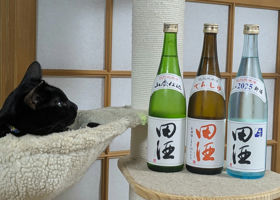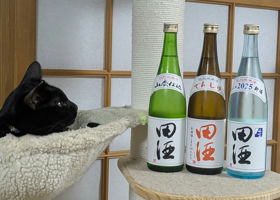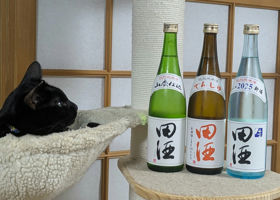
うぴょん(豊盃こそ至高)
Alcohol: 15%.
Sake Degree: -4
Acidity: 1.5
Amino acidity: 1.0
Rice used: Sake rice
Rice polishing ratio: 55
Kangiku is still delicious. I used to drink only Occasional series, but now and then I would like to drink something else. So I decided to try this one I saw. Let's go!
I love the calm, clear, refreshing aroma, the slightly hard gassy brewing water, the sweet and sour taste of pear, and the slight bitterness, which is as tantalizing as ever. This naturally melts and disappears. It really shows a momentary glimmer like ocean waves. And at a reasonable price. This is amazing. There are many sweet sake in the world, but I think Kangiku is amazing. Thank you again for the sake tonight!
Japanese>English
































